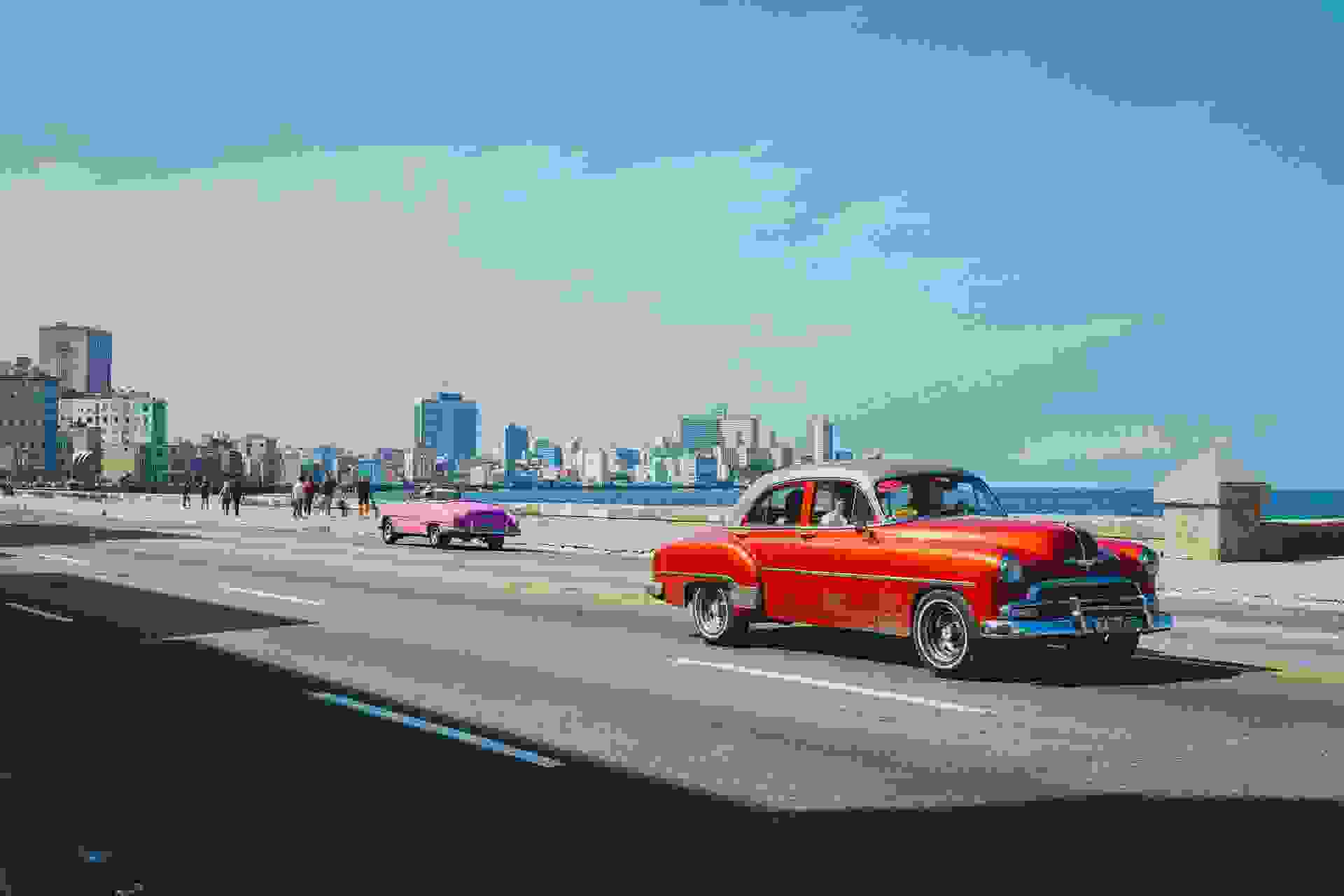It’s easy to recognize Jeep’s
iconic vehicles, like the classic Grand Cherokee, Wrangler, or Compass. These off-roaders are still pleasant to drive in the city. But are you able to spot special editions like the Trailhawk, Sahara, and Rubicon? Check out why the Jeep Golden Edition was truly one-of-a-kind.
Flashy, yet tasteful exterior styling
The Jeep Golden eagle was a trim package manufactured from 1976 to 1983 on the Cherokee, J-10, and CJ models. Based on “the Jeep Wrangler CJ-5 and later the CJ-7, [the car] came with a 304 cubic inch 5 liters V8 producing 180 hp and 245 lb-ft of torque,” according to HotCars
. A two-door version with a tailgate was also available. The Golden Eagle is pretty much the same as the Jeep Wrangler under the hood, but not when it comes to style. A large Golden Eagle mascot rests on the hood of the car, and on the side of the hood, the words “Golden Eagle” are boldly printed.
The theme continues as the “body-colored front grills come with gold detailing around the edge,” HotCars notes. The headlights have a golden outline as well as the tow hooks in the front. The 8-inch spoke steel rims also match with a complimentary bronze hue.
Complete with a full-sized spare wheel in the back, the Oakleaf Brown colored Jeep is surprisingly practical. Take the bumpers. All of the car’s bumpers are made out of metal and are both removable and interchangeable.
When the bumper’s end parts are taken off, the driver receives a better approach angle for off-roading. According to HotCars, “It attaches the sides of the vehicle with heavy-duty rock rails made of metal. This helps the vehicle slide over the mountain and rocky terrains without damaging the bodywork.” It also makes a great sidestep if necessary.
The old-school legend also comes with a removable tan Levi’s soft-top, which is pretty easy to take off. According to It Still Runs
, some of these models had a “black roll bar, wheel lip extensions (also called fender flares), tinted windows, specialty upholstery (including a denim motif), chrome front bumper, and a black grille guard.” MORE: Driving a Jeep Without Doors Is Safer Than You Think
Gold on gold on gold
The gold doesn’t stop here! We’re talking the stitching, the sport steering wheel, and seats with the Golden Eagle logo. As leather seats can heat and get sticky, cloth seats with tan Levi’s vinyl come standard. And anywhere else you see the Jeep logo inside, it's going to be gold.
The door is also removable which isn’t a daunting task either. To allow for a better experience on various terroir and on the highway, the driver's seat sits high. There’s not a ton of room for your feet if you’re sitting in the back, but it's tolerable.
If you’re off-roading, you’ll get a smooth ride, but driving with the same tires in the city? Not so much. The adventure vehicle gets 18.6 mpg in the city and 21 mpg on the highway.
Early Jeep upgrades that inspired the next generation
The fun 1959 Jeep DJ-3A Gala was available in vibrant colors like Coral Mist, Tropical Rose, and Jade Tine (all offset by Glacier White stripes). Major vacation vibes.
According to Motor Authority
, “Meant for use at tropical resorts in Florida and the Caribbean, Jeep offered the Gala as the rear-drive DJ-3A (think postal Jeep) instead of the four-wheel-drive CJ-3A or CJ-5, which were also available at the time.” In 1960, inspired by the car’s surrey with the fringe on top (we see you Oklahoma! fans) Jeep changed the Gala’s name to Surrey.
If you’re a fan of chrome then you’ll love the 1961 Jeep CJ-5 Tuxedo Park. In the late 1950s to early 1960s, it was all about tailfins and flash chrome. Jeep chose to focus on the latter.
The carmaker set out to make this variant more of a typical road vehicle than a work one. The CJ-5 and CJ-6 were both given a Tuxedo Park makeover. Jeep added “chrome to bumpers, hood, taillights, and gas cap, and it came with a column shifter,” according to Motor Authority.
We also love the 1970 Jeep CJ-5 Renegade I, which first debuted as an option package. “The first Renegade package consisted of hood stripes with the Renegade script, plus upgraded G70x15 tires on wide 8-inch wheels, a roll bar, a heavy-duty frame and springs, and front bucket seats with a rear bench,” notes Motor Authority.
It was only offered in two very distinct colors: Wild Plum and Mint Green. In 1971, the Renegade 2 package sported slotted alloy wheels and featured a bold black center stripe on the hood.
Jeep’s color palette for the car expanded to car colors like Big Bad Orange, Baja Yellow, and Riverside orange. And according to Motor Authority, “it became simply the Renegade package the following year, and held on as a staple of the lineup for years to come.”
Other notable Jeeps include the 1975 Jeep CJ-5, the CJ-7 Levi’s Package, the 2004 Jeep Wrangler Unlimited (TJ), and the 2007 Jeep Wrangler Rubicon (JK).

